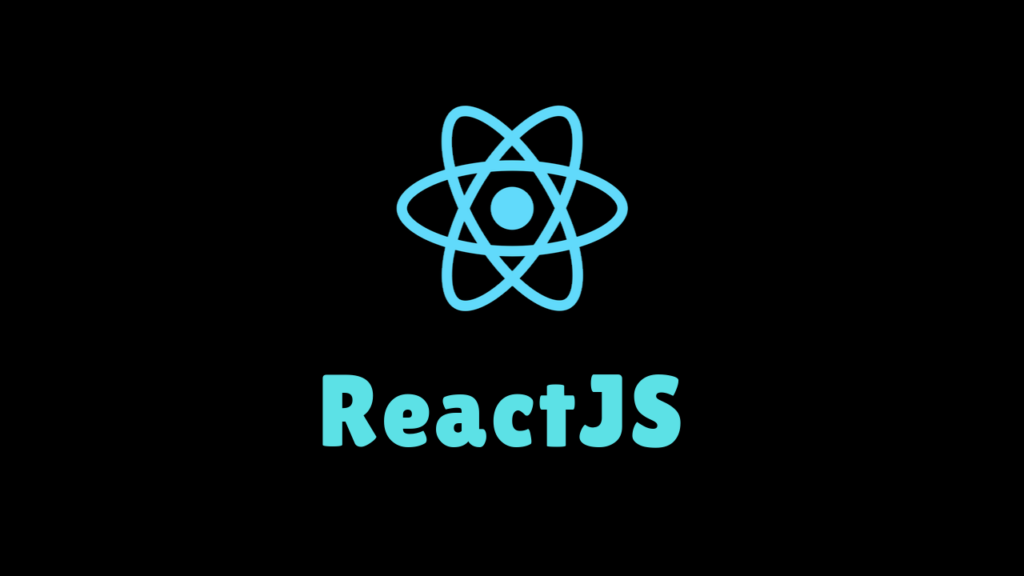Introduction
React is a JavaScript library for creating user interfaces. It implements a declarative model in the application logic and component structure for efficiency and flexibility. Originally developed by Facebook engineers, React became open-source and continues to be supported and maintained by its creators and the large open-source community.
It is used by many big companies including Facebook, Netflix, AirBNB, DropBox, PayPal, Tesla Motors, Walmart, and many others. Over 30 thousand websites are built using the React JS framework. BBC, Coursera, IMDb, Chrysler, American Express, Intuit, Khan Academy, Lyft, Atlassian, New York Times, and Reddit are just a few to name.
React JS is favored by many because it provides highly compelling, user-friendly, and quality assured websites and applications with apt interfaces. The software development process becomes easier with React JS, bestowing engineers with a wide range of possibilities for the creation of amazing products. Brights React JS developers use this technology to develop fast web applications for companies of many industries. In the paragraphs below, the Brights team presents to the readers the top five reasons for using React JS for web and mobile apps development.

1. Great JS Library that Integrates With Other JS Frameworks
In React JS, a strong blend of JavaScript and HTML syntax is used, simplifying the entire process of code writing. This JS library consists of several useful functionalities, including one converting HTML components into required functions. React adapts well to the existing technology stack and can be combined with such frameworks as Angular.js and Backbone.js. React JS is very intuitive to work with, making the coding process faster while producing quality applications. React JS is extremely competent and more focused than some other JavaScript frameworks. With React, template and UI designs can be created effortlessly.
2. Cross-Platform Apps Development
Implementing React JS, developers can make mobile apps that run on iOS and Android platforms. One of the major benefits of using React is that it provides the script for mobile app development. React Native is an offshoot of React that allows building UI native apps that function on Android and iOS mobile devices. React can also render on servers using Node, not interacting with the browser DOM. In short, React can contribute to both the client-side and the server-side.
3. Virtual DOM for Quicker Rendering
Facebook engineers built React JS based on a virtual Document Object Model (DOM) to provide quick code rendering. In essence, React creates a virtual DOM, a JS object, allowing just the necessary components to be re-rendered individually leaving the whole page without changes. React utilizes a virtual DOM to achieve an ultra-high performance of high-load and dynamic applications. Better user experience is delivered through higher performance levels and less execution time.
4. Component-based Structure
In React, the codebase consists of components that define any composable behavior, including rendering, lifecycle, and state. Here are the most useful features of such component structure:
- Independent components. ReactJS components allow splitting the UI into independent, reusable pieces. Developers can work with each of them individually, separately manage their state, and combine them for building complex user interfaces.
- Component Logic as JS. In React, the component logic is written in JS instead of templates, making it possible to pass a lot of data through the app, while keeping the state out of the DOM.
- Reusable Code. ReactJS provides developers with reusable components. Functional code fragments written for previous applications may be reapplied to a new project. Mobile apps built with the code segments from the existing web site is a good example.
- Increased Productivity. Component structure and reuse of earlier developed code fragments allow for a significant reduction of the development time and ensure a flawless performance through the implementation of workable components.
- Convenient App Maintenance. Code presented as components and data models improves readability, is easy to define, and manipulative. For larger applications with complicated logic, updates and support become easier when a component structure is present.
- Easy Integration. Another advantage of React is the composition of its components. Independently written fragments work well together when combined. Also, the functionality added to a single component does not cause changes throughout the whole codebase.
5. Data Binding for More Stable Performance
React applies a downward-only reactive data flow, which reduces boilerplate and improves code comprehension. One-way data flow contributes to code stability, as the parent structure is not affected by changes in the child structure. For each state in the application, only specific components will be updated and rendered. The implementation of proficient data binding also adds transparency to the development, making data changes easily traceable.
Conclusion
This JavaScript library can be tailored to suit any need on the project and create a variety of software products.
- React JS empowers developers to build reliable web and mobile applications.
- React can be used to add some interactivity to the HTML page or build a complex app.
- React JS comes with a complete toolset for easy development and smooth performance.
- React permits the integration of external plugins, and interfaces well with other libraries and frameworks.
Today, React JS is one of the most popular and widely used JS libraries. Apps built with React are guaranteed to deliver success to a software development project.
